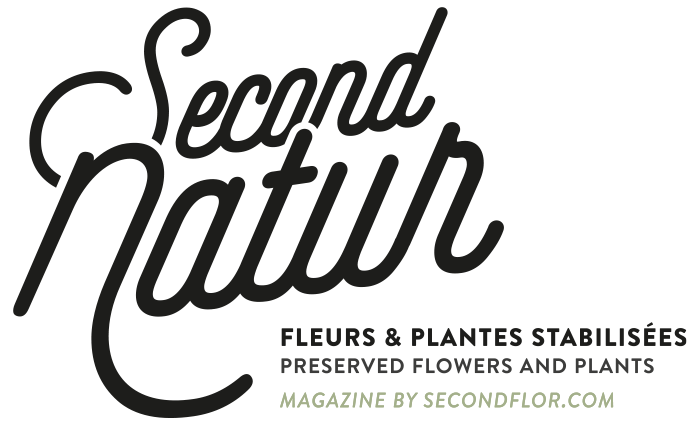Welcome to the world of preserved plants. In this introduction to stabilisation plant techniques, we will briefly introduce you to the different techniques so that you can learn the basics. This article links you to other articles if you want to learn more. We will make you real experts in plant preservation. So be curious and follow us!
What is plant stabilisation?
Plant stabilisation is a process that consists of treating plants in order to preserve them in their most natural state for as long as possible. It is a French innovation that is over 40 years old. Today, several methods are known and each of them has evolved a lot over the years. Each family of plants can be considered as having a dedicated preserved method. However, each plant behaves differently. For each of them, there are one or more applicable methods, with their advantages and disadvantages.
What are the different stabilisation techniques?
What is capillary stabilisation?
The foot of the plant, still fresh, is soaked in a few centimetres of stabilising liquid. This solution is based on glycerine, water, food colouring and nutrients. After absorbing this substitute sap, the preserved plant is left to dry for 24 hours. This technique, considered to be the most noble, makes it possible to obtain new colours for the foliage, while preserving the natural colour of the branches and stems. For more information, click here.
What is the double immersion stabilisation?
This is the most common technique to stabilise flowers. The flowers must be extra fresh for a successful stabilisation. This technique consists of two immersion stages. The first bath lasts 24 hours and is done in a pure alcohol solution. The aim is to dehydrate the flower while retaining its original shape. The second bath consists of alcohol, propylene glycol, glycerine, and food colouring. For more information, click here.
What is preservation by immersion?
Unlike the stabilisation techniques, preservation by immersion is carried on previously dried plants. The process involves immersing the plant in a preservative solution of glycerine, water, and food colouring to rehydrate it. This solution must be heated to at least 40 °C. The process then gives the plant a new suppleness and the desired colour. For more information, click here.
What is spraying preservation?
This technique is much the same as preservation by immersion. It is also used on dry and often flat plant material. It consists of spraying the plant directly with a preservation solution based on glycerine, water, and food colouring or pigments in order to rehydrate the surface. The result obtained with this process on mosses is very good. The dry part on the underside makes it easier for the glue to set on all surfaces. For more information, click here.
Mixed and future-oriented techniques for the stabilisation of flowers.
New and innovative stabilisation techniques are being developed. Some of them, such as the CO2-based technique, offer the possibility of preserving new species. Some plants can be preserved by combining several techniques. For example, it is possible to stabilise the plant by capillary stabilisation and then give it colour by immersion. The knowledge and techniques in this field are constantly evolving. For more information, click here.
What will you find in the “What is it?” section?
In this section, we will discuss each of these techniques and share much more explanatory content. This will help you to understand how difficult it is to achieve a perfect and consistent result. How risky and costly this production is. You will also understand that it takes a true preserved nature lover and connoisseur to create top quality preserved plants.

